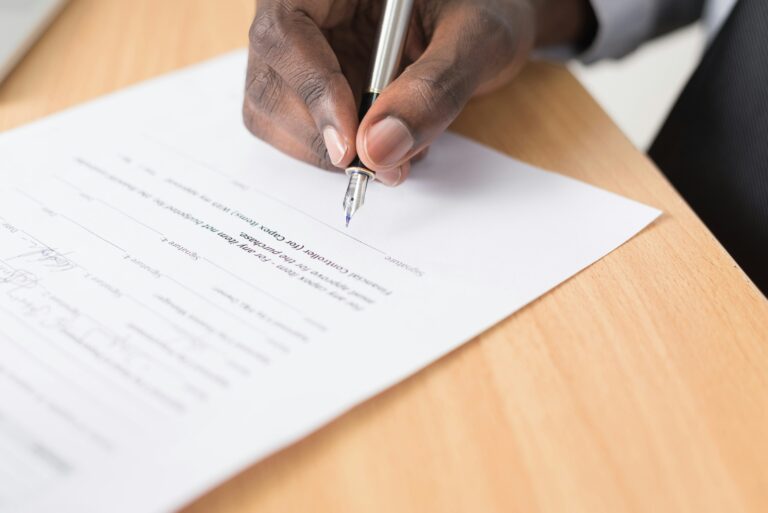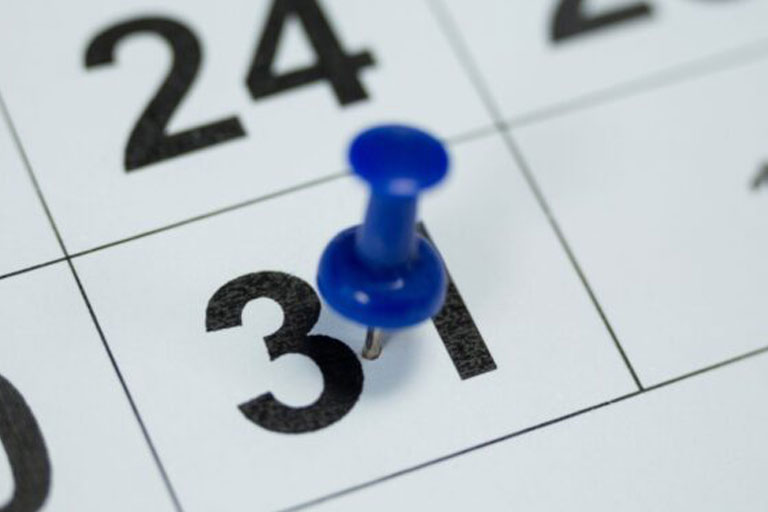You must pay Stamp Duty Land Tax (SDLT) if you buy a property or land over a certain price in England and Northern Ireland.
You pay the tax when you:
- buy a freehold property
- buy a new or existing leasehold
- buy a property through a shared ownership scheme
- are transferred land or property in exchange for payment, for example you take on a mortgage or buy a share in a house
Residential property rates
You usually pay Stamp Duty Land Tax (SDLT) on increasing portions of the property price when you buy residential property, for example a house or flat.
SDLT only applies to properties over £250,000.
The amount you pay depends on:
- when you bought the property
- how much you paid for it
- whether you’re eligible for relief or an exemption
Rates for a single property
You pay stamp duty at these rates if, after buying the property, it is the only residential property you own. You usually pay 3% on top of these rates if you own another residential property.
| Property or lease premium or transfer value | SDLT rate |
| Up to £250,000 | Zero |
| The next £675,000 (the portion from £250,001 to £925,000) | 5% |
| The next £575,000 (the portion from £925,001 to £1.5 million) | 10% |
| The remaining amount (the portion above £1.5 million) | 12% |
Example
In October 2022 you buy a house for £295,000. The SDLT you owe will be calculated as follows:
- 0% on the first £250,000 = £0
- 5% on the final £45,000 = £2,250
- total SDLT = £2,250
Use the SDLT calculator to work out how much tax you’ll pay.
If you’re buying your first home
You can claim a discount (relief) if the property you buy is your first home. This means you’ll pay:
- no SDLT up to £425,000
- 5% SDLT on the portion from £425,001 to £625,000
You’re eligible if you and anyone else you’re buying with are first-time buyers.
If the price is over £625,000, you cannot claim the relief. Follow the rules for people who’ve bought a home before.
Example
You are a first-time buyer and purchase a property for £500,000. The SDLT you owe will be calculated as:
- 0% on the first £425,000 = £0
- 5% on the remaining £75,000 = £3,750
- total SDLT = £3,750
New leasehold sales and transfers
When you buy a new residential leasehold property you pay SDLT on the purchase price of the lease (the ‘lease premium’) using the rates above.
If the total rent over the life of the lease (known as the ‘net present value’) is more than the SDLT threshold (currently £250,000), you’ll pay SDLT at 1% on the portion over £250,000.
This does not apply to existing (‘assigned’) leases.
You can work out how much SDLT you’ll pay for your residential lease using HMRC’s:
Higher rates for additional properties
You’ll usually have to pay 3% on top of SDLT rates if buying a new residential property means you’ll own more than one.
Use the SDLT calculator or check the higher rates to work out how much tax you’ll pay.
If you’re replacing your main residence
You will not pay the extra 3% SDLT if the property you’re buying is replacing your main residence and that has already been sold.
If you have not sold your main residence on the day you complete your new purchase you’ll have to pay higher rates. This is because you own 2 properties.
You can apply for a refund if you sell your previous main home within 36 months.
If it takes longer than 36 months to sell your previous main home
You may still be able to get a refund of the extra 3% SDLT if all of the following apply:
- you purchased your new home on or after 1 January 2017
- exceptional circumstances stopped you from selling your old home, for example government restrictions because of coronavirus (COVID-19) or a public authority blocking the sale
- you have now sold your old home






